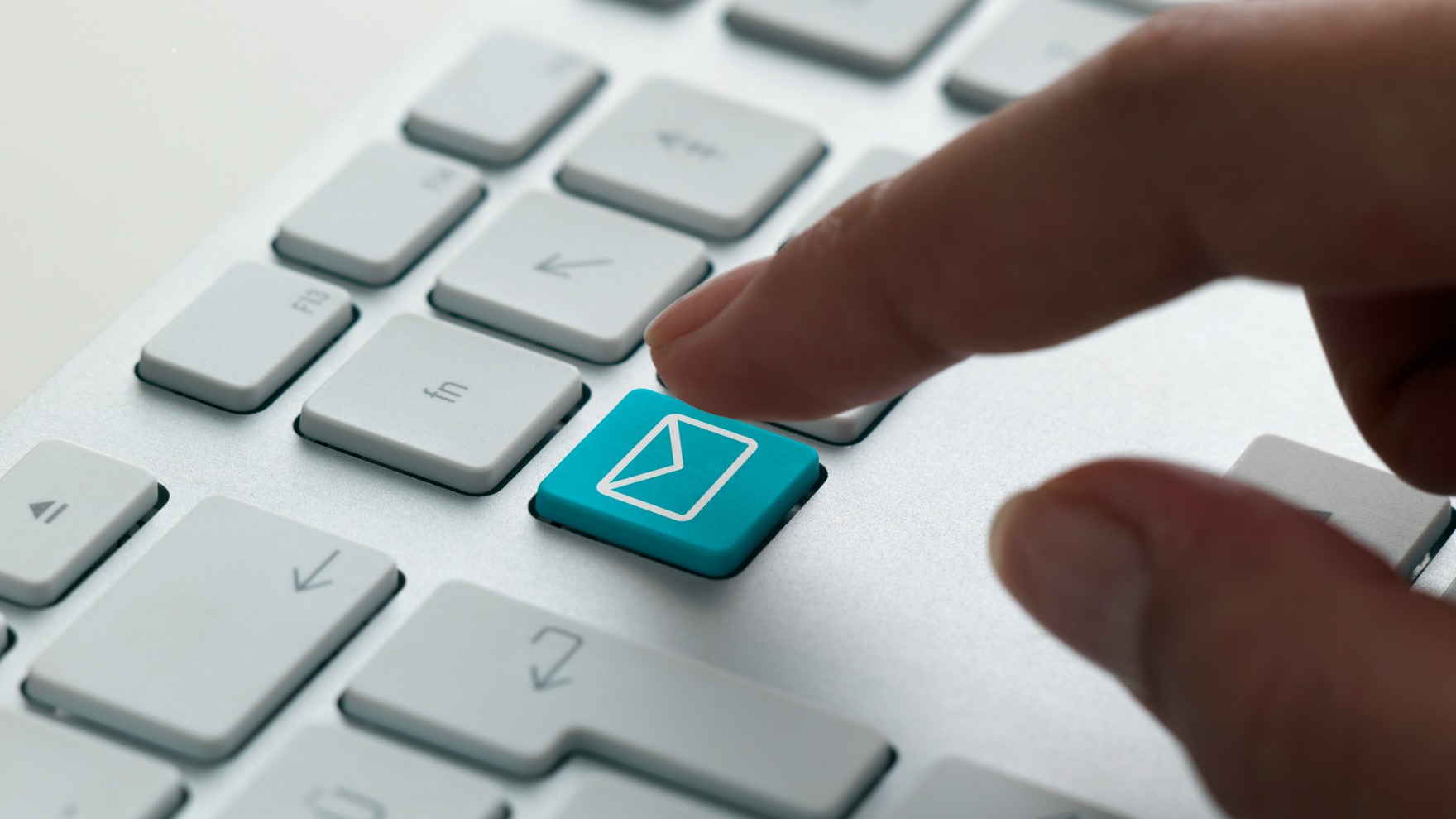The word Etiquette means “a behavior which is considered as polite in society or among members of a particular profession or group”. And E-mail Etiquette simply means, principles of behavior that one should use when writing or answering e-mail messages. E-mail is something we use every day, probably without thinking too much. It’s one the most important communication tools in this day and age. Since e-mail is less personal than a phone or in-person conversation but quicker to send, it is possible that breach of manner could take place easily.
There are several rules of e-mail writing which are followed globally – across departments, across organisations, across countries. Like it or not, our e-mail style is a direct reflection of our professional reputation. Today in organisations, we may know more people by name than by face due to e-mail communication. One of the rules which can have a strong impact on the reader is the manner in which we express emotions and yet convey the message with clarity, without diluting the intent. Words all by itself do not convey feelings, unlike telephonic or face to face communication. Hence probabilities of being misunderstood while drafting e-mails is higher. Use of appropriate courtesy words like – please, thank you, kindly, appreciate, can provide a polite tone to the message.
Let’s keep in mind, the main objective of every e-mail is to ensure that a message is passed on effectively and eventually leads to a successful completion of a task. Usage of E-mail Etiquette helps us achieve this objective with grace and also aids in building healthy professional relationships.
At Ecube we conduct several programs to enhance e-mail writing. Established in United Arab Emirates, Ecube has been successfully delivering leadership, management and softs skills training programs to corporate. Its training titles include situational leadership, time management, stress management, customer service and sales training across the Gulf including Qatar, Oman, Saudi Arabia, Bahrain and Kuwait. Every training session is preceded by a training needs analysis and is followed by measurement of training results.


